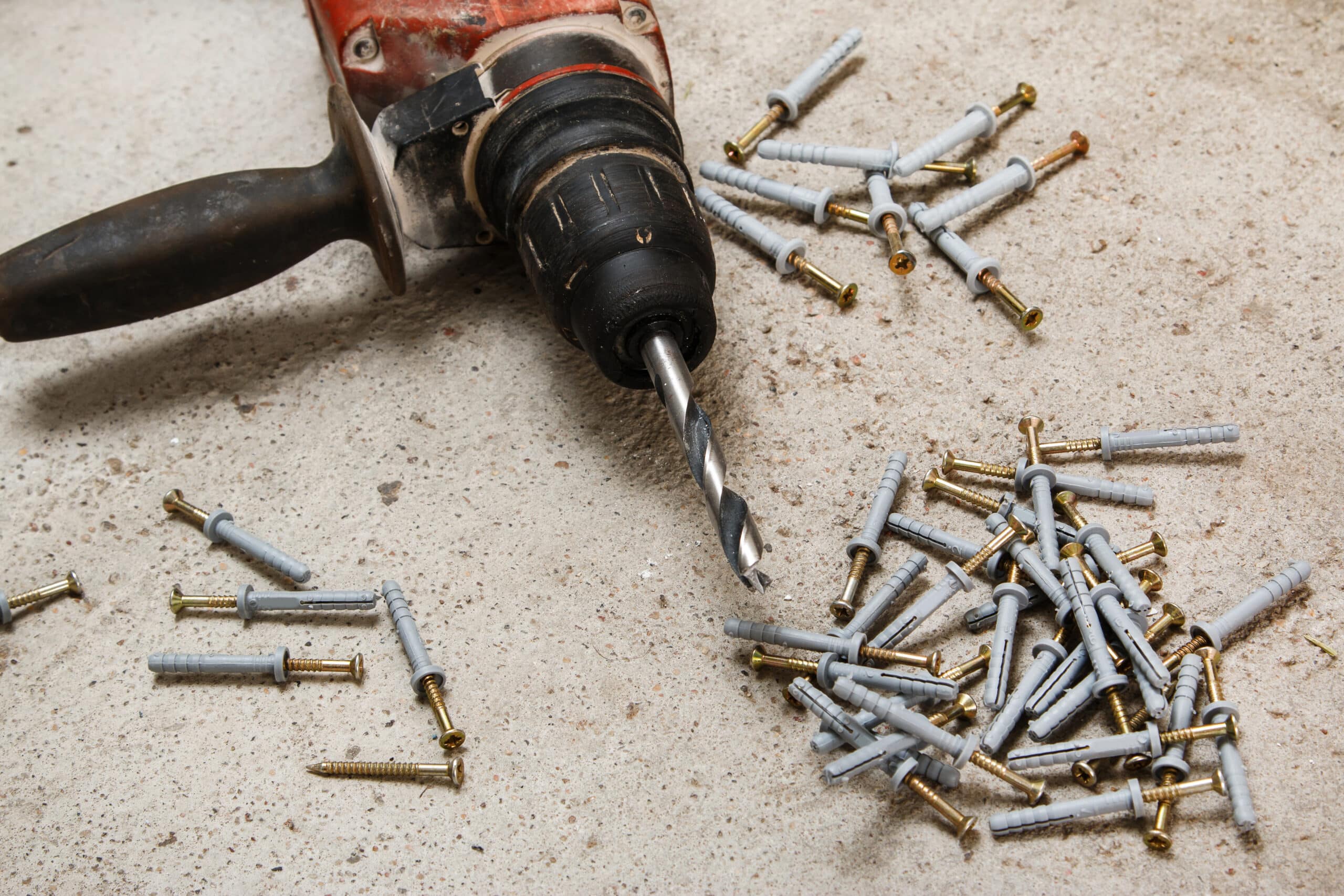Can I Drill a Screw Straight into a Wall?
Key Takeaways
- Before drilling a screw into a wall, gather the necessary tools and materials, including the appropriate drill bit size that matches the screw diameter.
- Prepare the wall surface by clearing debris, using a stud finder if necessary, and marking the spot with a pencil and level.
- Follow the proper technique for drilling the screw into the wall, including placing the drill bit perpendicular to the surface, applying consistent pressure, and aligning the screw with the mark.
When it comes to hanging shelves, mounting artwork, or securing any object to a wall, drilling screws is often the go-to method. But can you simply drill a screw straight into a wall? Let’s explore the best practices and techniques to ensure your screws are straight and secure.
Choosing the Right Tools and Materials
Before drilling a screw into a wall, it’s important to gather the necessary tools and materials. A power drill, drill bits, screwdriver bit, level, and marking tools are essential for the task. Additionally, you’ll need the appropriate screws based on the wall material and the weight of the object you are mounting.
It’s crucial to select the correct drill bit size that matches the diameter of the screw. Using the wrong size can result in an improper fit and a less secure attachment.
Tip: If you’re unsure about the drill bit size, refer to the packaging of your screws or consult a hardware store for guidance.
Preparing the Wall Surface
Before drilling, it’s important to prepare the wall surface. Clear the area of any debris or obstructions to ensure a smooth drilling process. If necessary, use a stud finder to locate wooden beams in sheetrock walls for increased stability.
Mark the spot on the wall where you want to drill the screw using a pencil. To ensure a straight line, use a level to double-check the mark’s accuracy. This step is crucial for maintaining a straight and level installation.
Drilling the Screw into the Wall
Once you have prepared the tools and marked the spot, it’s time to drill the screw into the wall. Follow these steps for a successful and straight installation:
- Place the drill bit on the marked spot, ensuring the drill is perpendicular to the surface.
- Apply consistent pressure and drill slowly, keeping the drill bit perpendicular to the wall.
- Once the drill bit has penetrated the surface, remove it and insert the screw.
- Screw the screw into the wall, making sure it stays straight and aligned with the mark.
By drilling straight and aligning the screw with the mark, you can ensure a secure and visually pleasing installation. Take your time during the process and be patient.
Testing the Securement
After drilling the screw into the wall, it’s important to test its securement. Give the screw a gentle tug or apply pressure to ensure it is securely fastened. If the screw feels loose or unstable, it may be necessary to remove it and repeat the drilling process.
Remember to avoid overtightening the screw, as this can damage the wall or strip the screw. Tighten the screw until it is snug and flush with the surface, but not excessively tight.
Conclusion
Drilling a screw straight into a wall is indeed possible, provided you follow the correct techniques and use the appropriate tools. By choosing the right screw size and material, preparing the wall surface, and drilling straight while applying steady pressure, you can achieve a secure and visually pleasing installation.
Remember to always take precautions and follow safety guidelines when working with power tools. Wear safety goggles and a dust mask to protect your eyes and lungs from debris. Stop immediately if you encounter any resistance while drilling, as it may indicate a metal object or electrical line behind the wall.
Related Websites:
FAQs:
Q: Can I drill a screw straight into a wall?
Yes, you can drill a screw straight into a wall, but it is important to consider the type of wall and use the appropriate drill bit. Different wall materials require different drilling techniques and tools.
Q: What are the different types of walls to consider when drilling?
There are various types of walls including drywall, plaster, and brick. Each type has its own structural differences and challenges when it comes to drilling.
Q: How do I locate studs or anchors in the wall?
Locating studs or anchors is essential for secure screw installation. You can use a stud finder or alternative methods like tapping the wall to identify solid areas or using a magnet to locate metal studs.
Q: What are the proper drilling techniques to follow?
Using the correct drill bit for the screw is crucial. Follow step-by-step instructions tailored to the wall type you are drilling into. Additionally, ensure the drill hole is straight and even by applying steady pressure and using a level.
Q: Do I need wall anchors for screw installation?
Wall anchors are necessary for certain wall types like drywall. There are different types of anchors available such as plastic anchors, toggle bolts, and molly bolts, each suited for specific applications.





